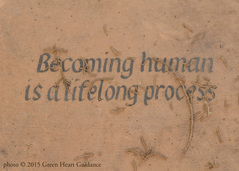 brick located at the Church of Conscious Harmony, Austin, TX
brick located at the Church of Conscious Harmony, Austin, TX
Are You Ready to Break Free from Exhausting Hourly Sessions?
Are You Ready to Make More Money Working Less Hours?
I was aghast as I read those words. To me, a great translation of the rhetorical questions being asked is, “Do you think you’re too good to actually help people who are paying for and need your help?” Individual work is at the core of what I and many other coaches and therapists offer. It’s not exhausting to me; it’s very uplifting most of the time. It’s a sacred call that I’ve received to assist others. If someone doesn’t like working with clients individually, then being a coach is not the right job for them. If they’re feeling drained by it all the time, they may need to examine their energetic boundaries to make sure they’re working in a protected space that keeps them from absorbing their patients’ problems. (That is something I help clients with if they desire it since it’s an issue for many empaths and intuitives.)
Spiritual arrogance is all too common in this world. People who think they’ve found the divine (or God or whatever word you prefer) let their newfound spiritual prowess go immediately to their head. They are certain that their intimate knowledge of Spirit has made them better than anyone else; for some of them, this is so much so that they can’t be bothered to interact with others learning to grow. Some of them just want to stand on a podium, shine in their greatness, and accept the awe-filled laurels that they believe they deserve from the masses. Of course, working from a warped interpretation of the law of attraction, they’re certain their spiritual nature and connection to the divine will allow them to attract millions of dollars by doing nothing more than just being their wonderful selves.
Here’s a hint, though: The more arrogant that someone is about their spiritual abilities and the more they need to display their divine connection overtly, the less connection they are likely to have. Most of the time, those who list a long heritage of gurus or teachers, especially those who connect them linearly to a divine teacher such as Jesus or a saint, are really very insecure in their own knowledge and abilities, so they rest on the laurels of others. In contrast, some of the holiest people we’ll ever meet are the ones who are examples of modesty and humility. They’re confident in their connection with the divine and their purpose here on earth. They go about their business, helping others as they do. They don’t seek fame and easy fortune. They just want to live in peace and want the same for others, too.
There’s an old adage that if something seems too good to be true, it probably is. This doesn’t apply to just miracle medical cures and get rich quick schemes. People who promise you amazing divine knowledge from one easy course are likely speaking from a place of greed and arrogance, not holiness. They are likely involved in a pyramid scheme of confused people, and following their way is not likely to bring you the amazing things you are hoping for. The same is true of healers who promise that all of your problems can be solved in one workshop or with one supplement. It’s very rarely (if ever) true. The slow and steady path is often the best one to take for personal growth. Even if it’s prompted by a sudden tragic event, the growth from that single event will not happen overnight in most cases. Instead, change has to happen through honest and diligent work.
© 2015 Elizabeth Galen, Ph.D., Green Heart Guidance, LLC
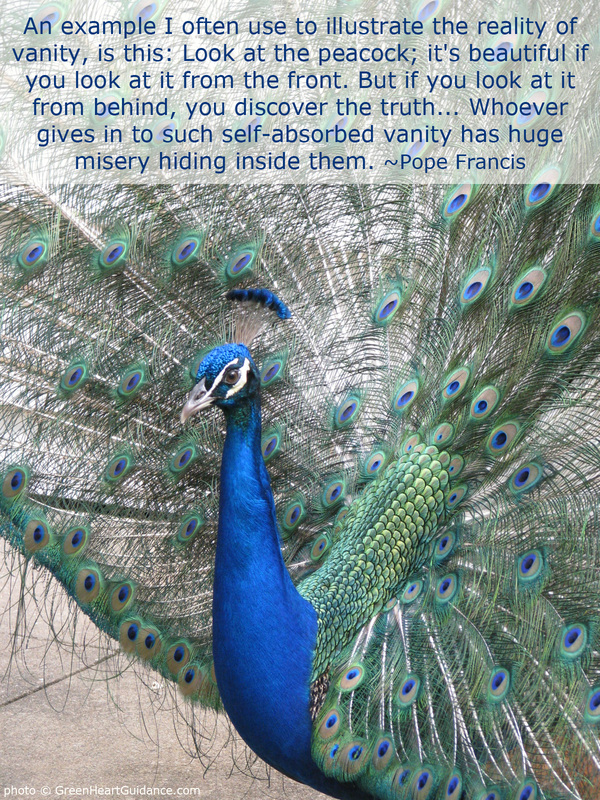
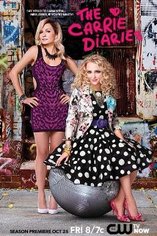
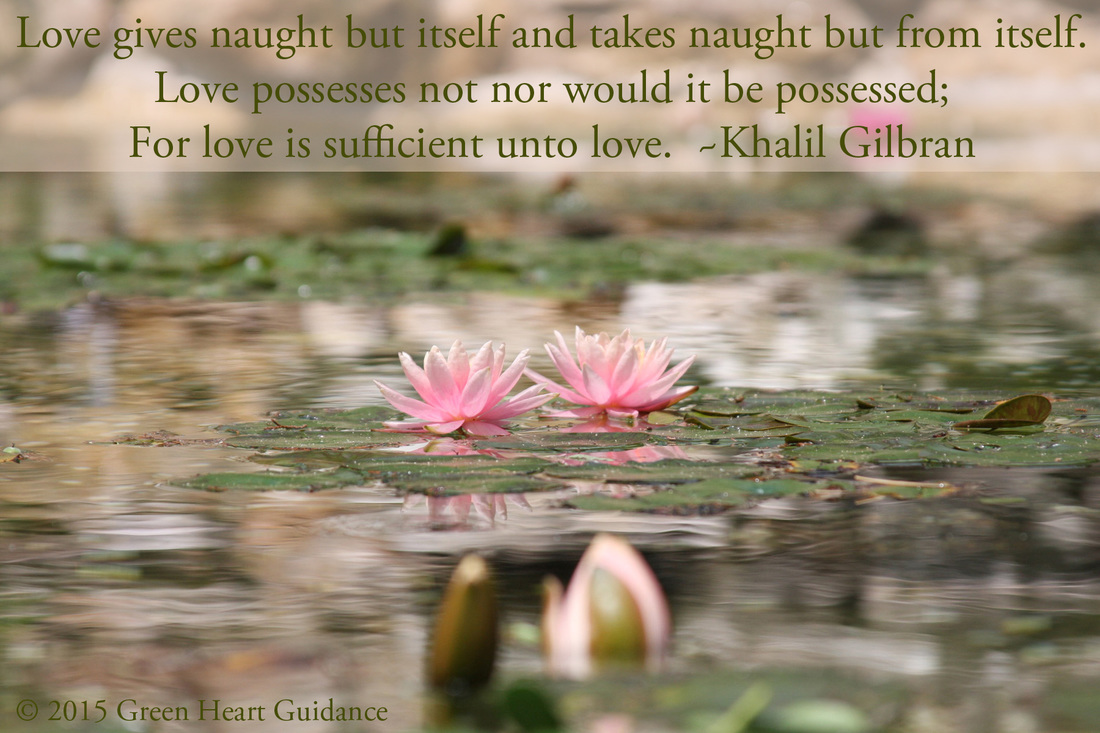

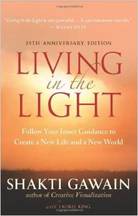
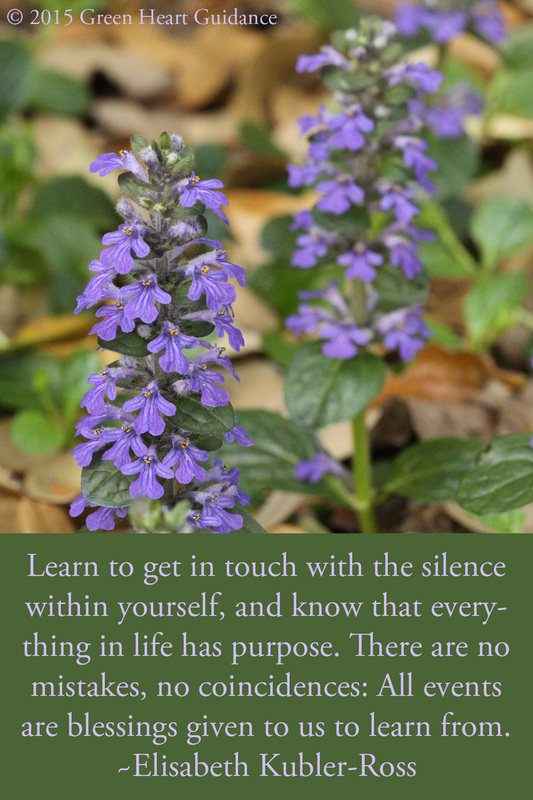

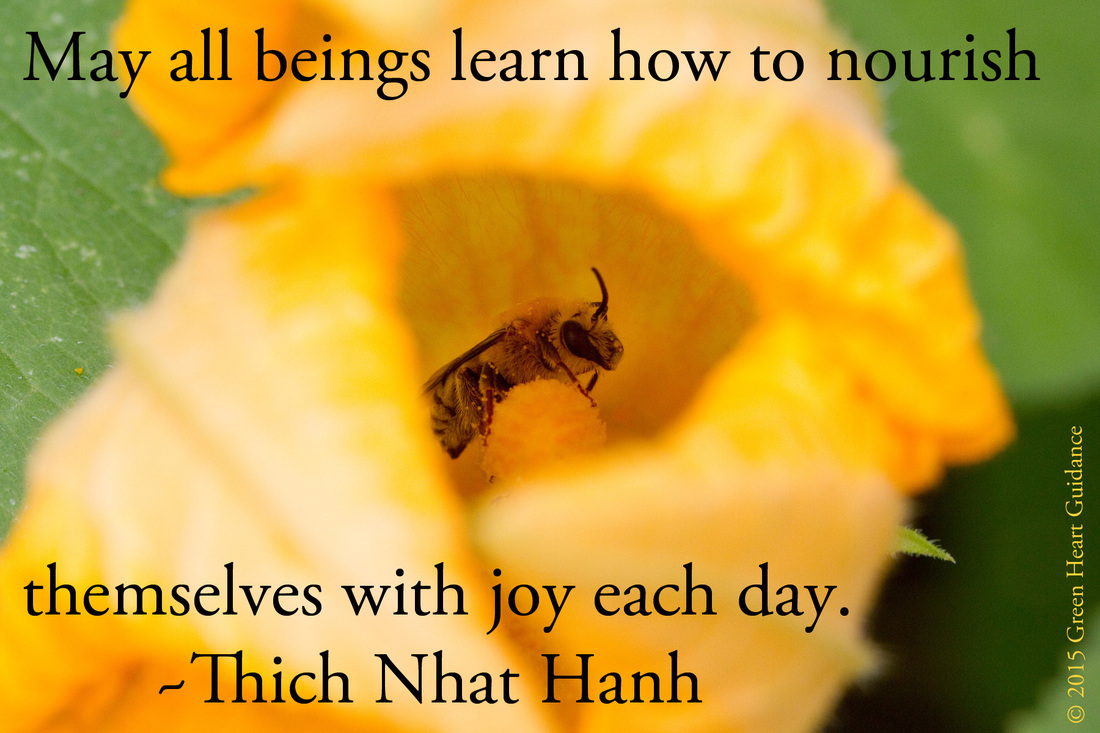
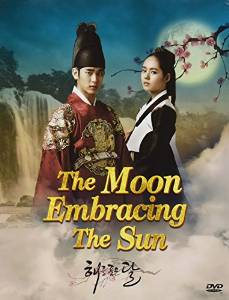
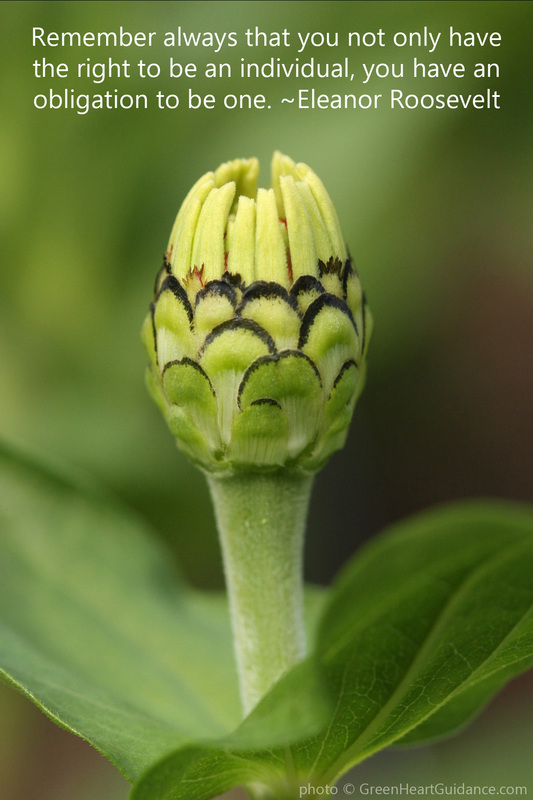

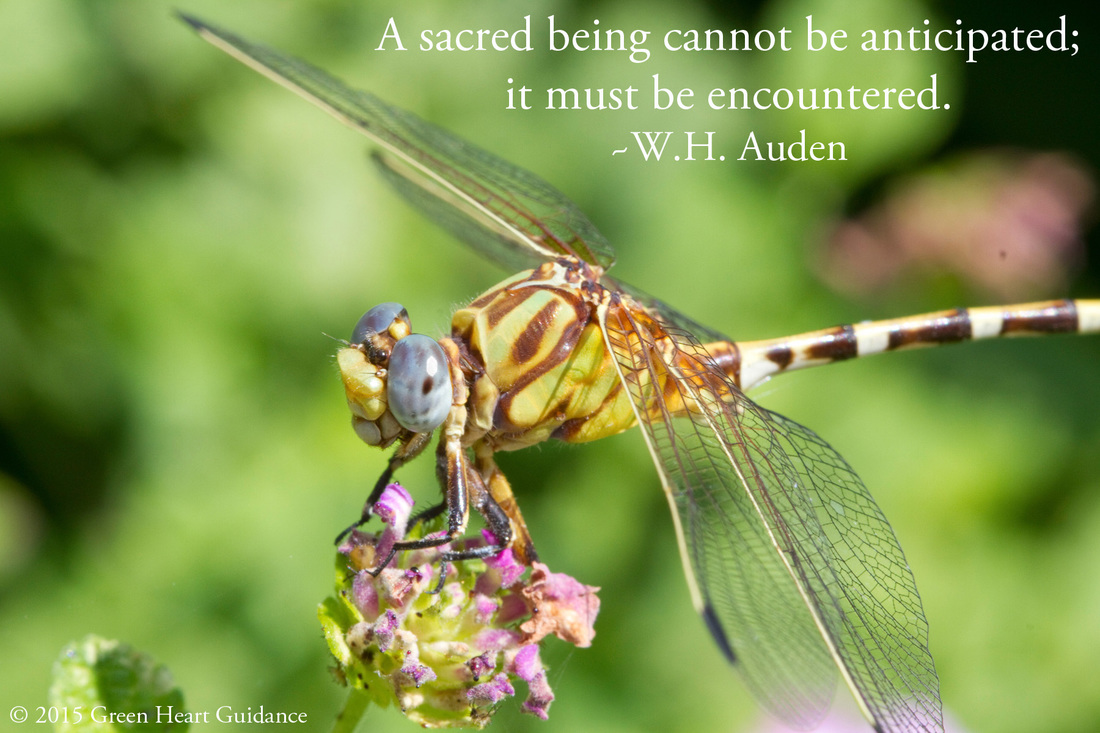
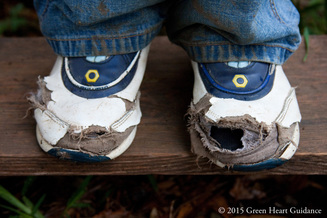

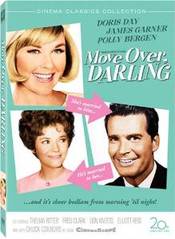
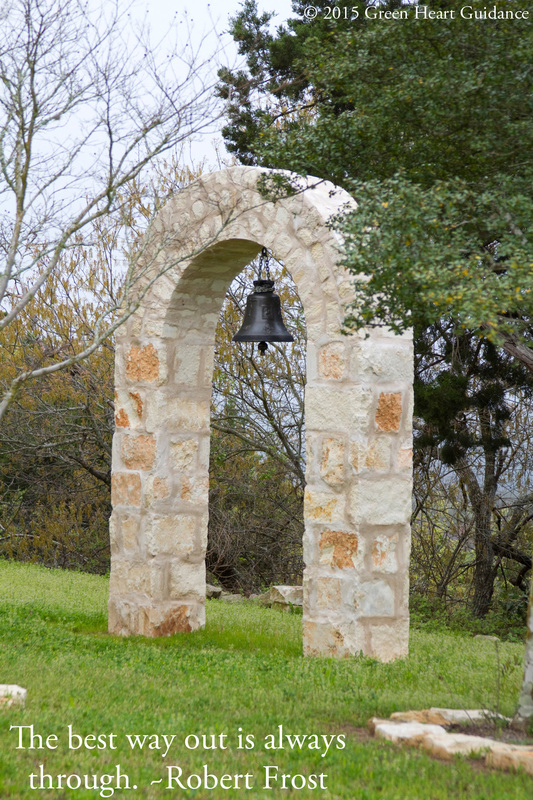

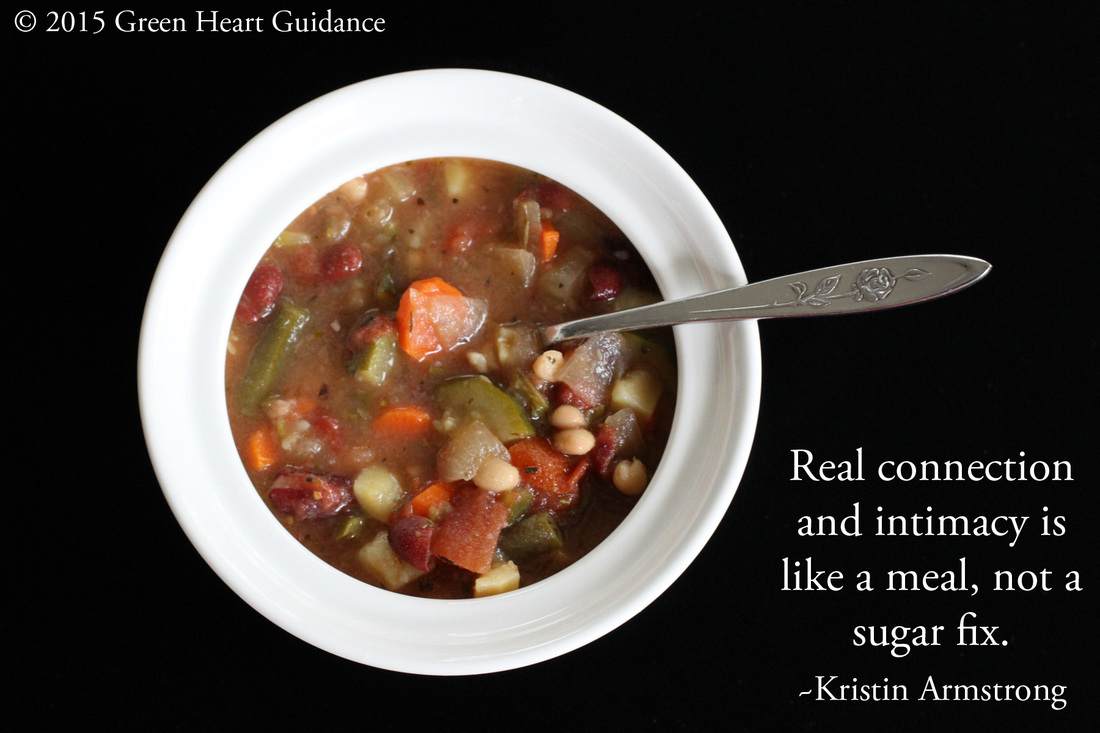


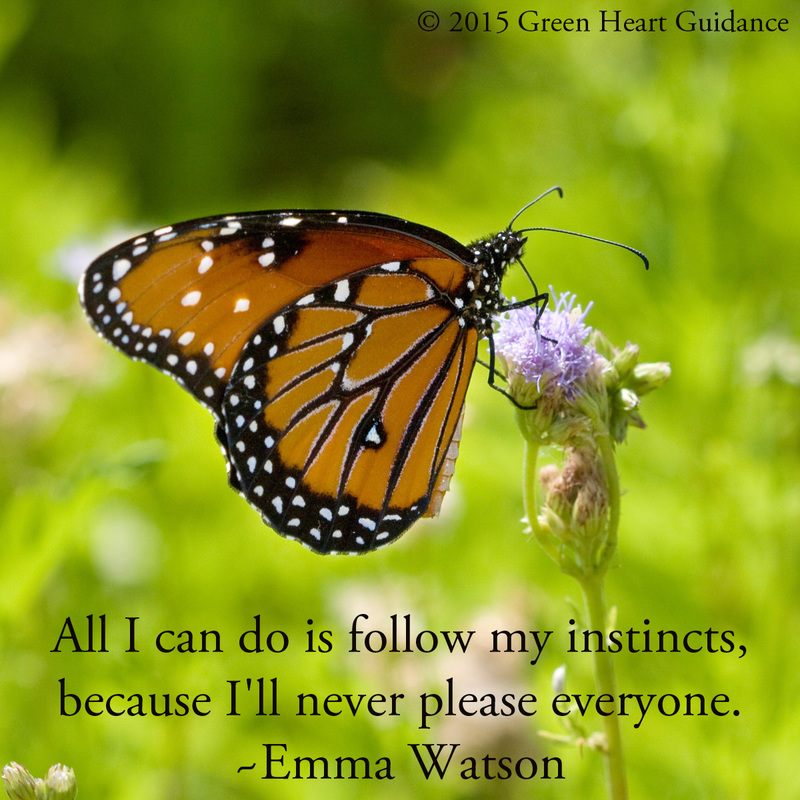
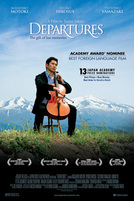
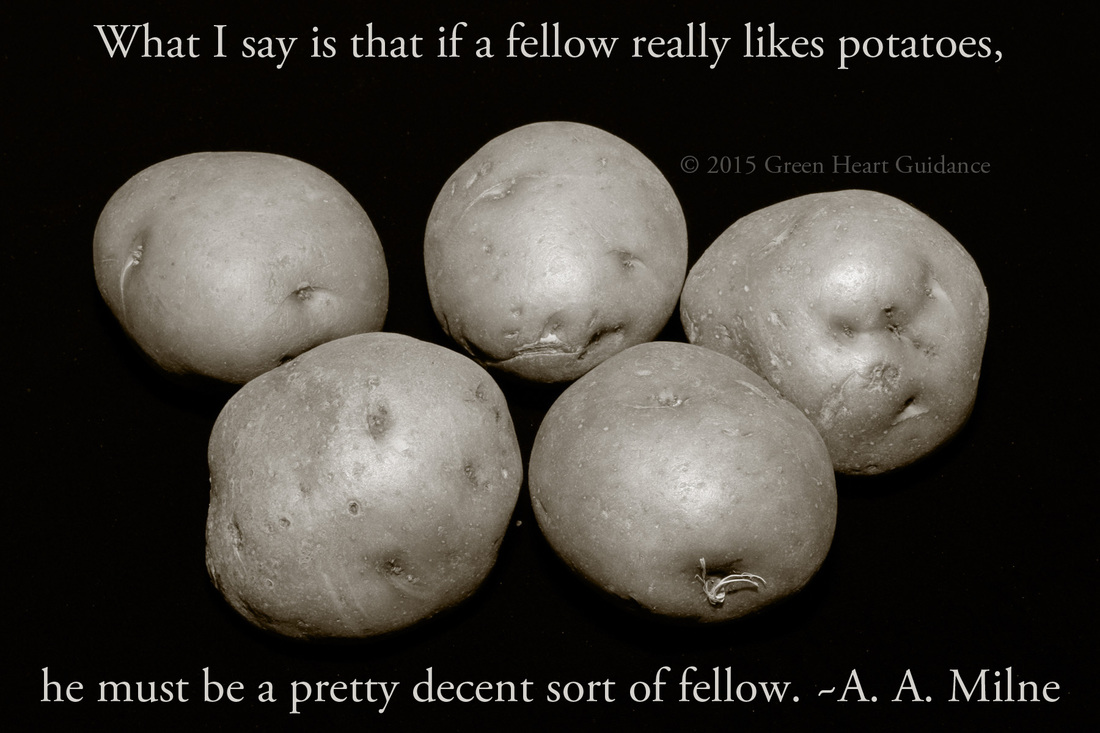
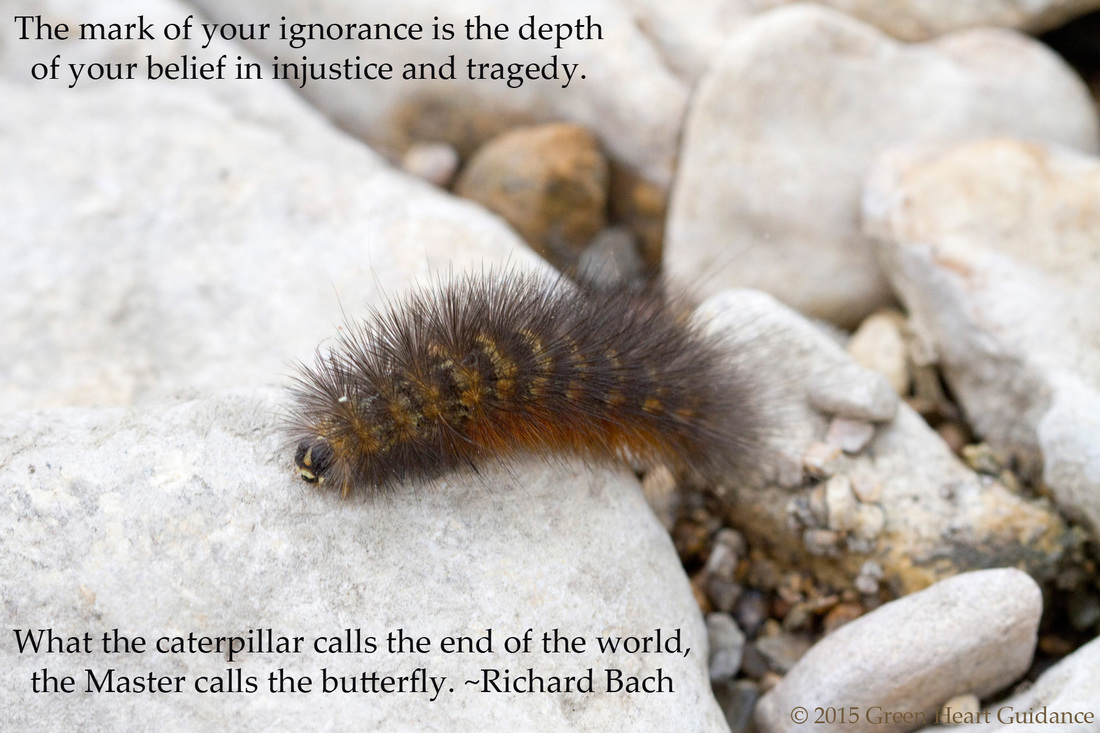
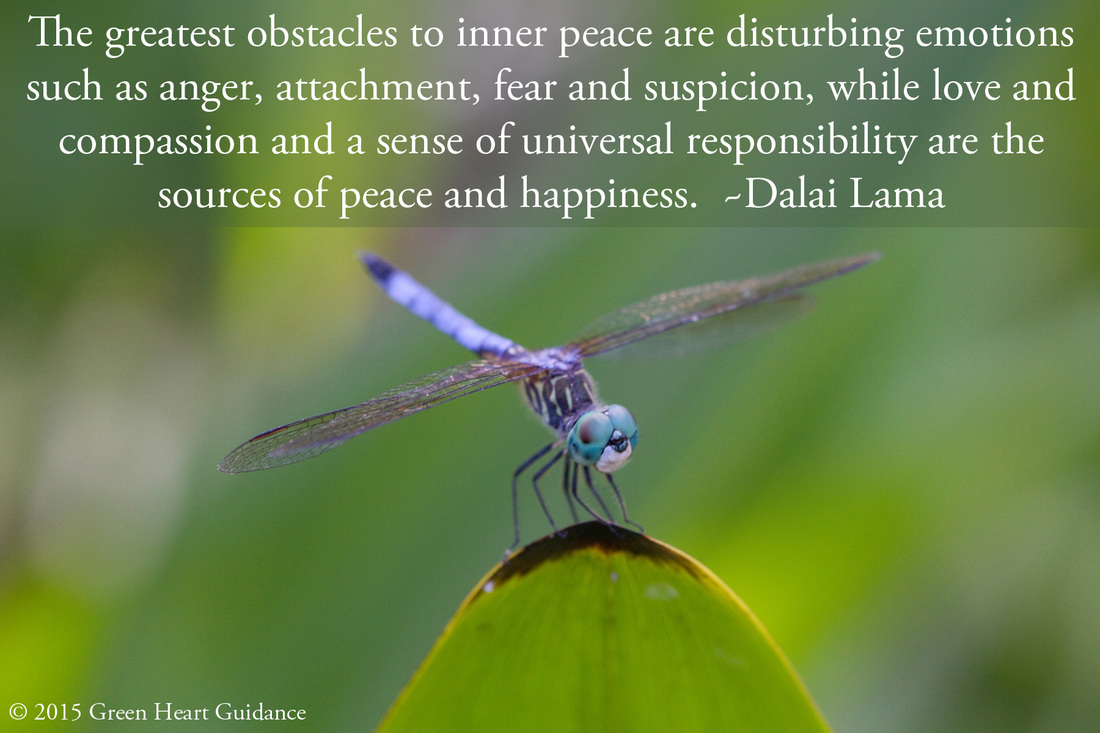
 RSS Feed
RSS Feed